(NLDO) - New discoveries show how lucky our galaxy is to have the monster black hole Sagittarius A* at its heart.
The James Webb Space Telescope has captured terrifying images of a galaxy similar to the Milky Way, being killed by its own central black hole.
This was discovered by a team of researchers from the University of Cambridge (UK). Analyzing James Webb data, they observed this deadly scene in the distant universe, where the light that creates images of objects has taken more than 11 billion years to reach Earth.
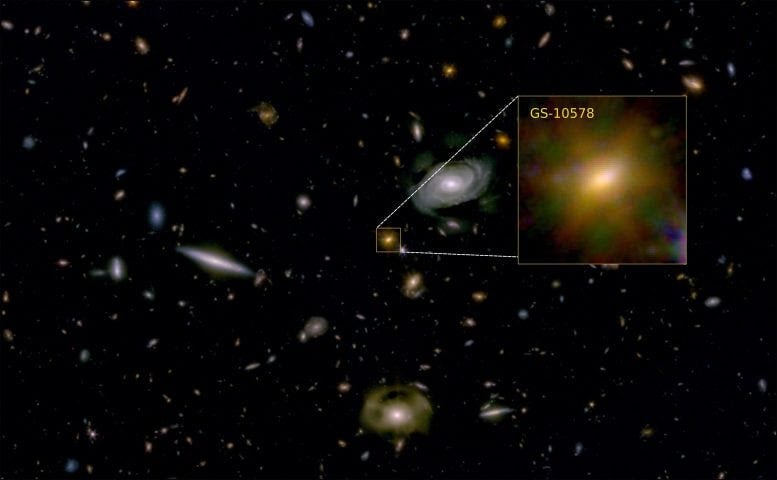
An ill-fated galaxy from the early universe is being killed by its own raging central black hole - Photo: NASA/ESA/CSA
The ill-fated galaxy — officially named GS-10578 but commonly known as the Pablo Galaxy — is enormous, having reached the size of the Milky Way more than 2 billion years after the Big Bang that gave birth to the universe.
Most of its stars were formed between 12.5 and 11.5 billion years ago.
"Based on previous observations, we knew this galaxy was in a quenched state at the time of observation: it was not forming many stars compared to its size," said Dr Francesco D'Eugenio from the Kavli Institute for Cosmology at the University of Cambridge.
So they went looking for the culprit. The monster black hole at the center of the galaxy became the prime suspect. Unlike Sagittarius A*, the black hole of this ancient galaxy was extremely angry.
James Webb detected fast-moving winds being pushed out of the galaxy at speeds of up to 1,000 km/s, fast enough to escape the galaxy's gravity. The galaxy's central black hole is doing just that.
The amount of gas ejected from the galaxy is greater than the amount the galaxy needs to continue forming new stars, so the black hole is essentially starving the galaxy, according to the conclusion in the article just published in the scientific journal Nature Astronomy.
In addition, previous models predicted that the end of star formation would have a violent, chaotic impact on galaxies, destroying their shapes in the process.
But the stars in this disk-shaped galaxy still move in an orderly manner, showing that this is not always the case.
Both phenomena — the black hole's "killer" behavior and the galaxy's peaceful death — have never been directly observed before.
"This is another way that James Webb is a huge step forward in our ability to study the early universe and how it evolved," said Dr D'Eugenio.
Source: https://nld.com.vn/kinh-hoang-lo-den-sat-thu-dang-giet-chet-ban-sao-ngan-ha-196240918114301146.htm









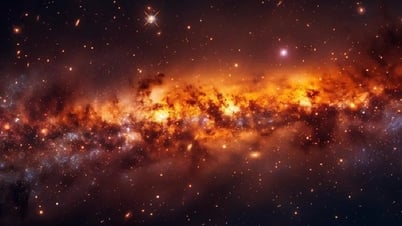
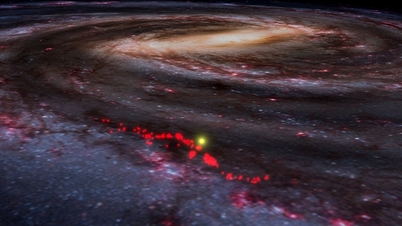
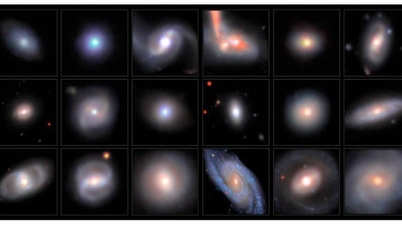
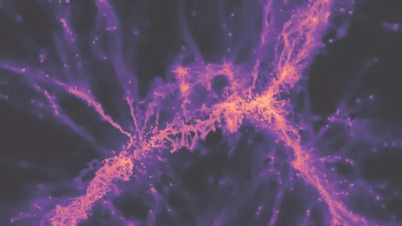


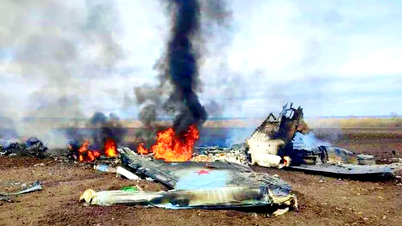


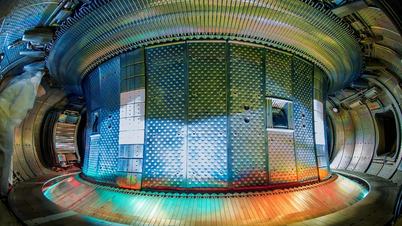

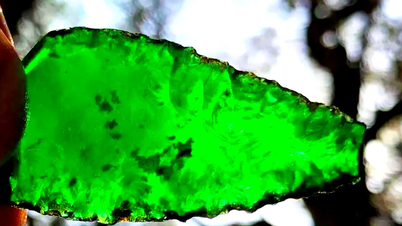









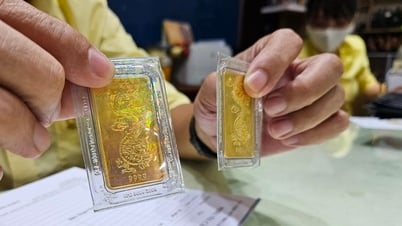




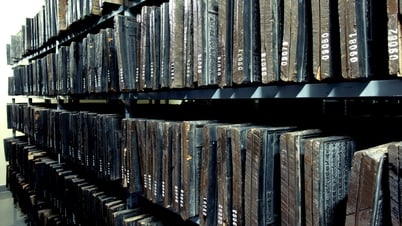



































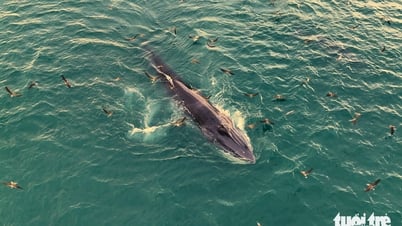







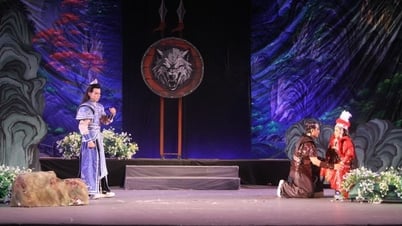


























Comment (0)